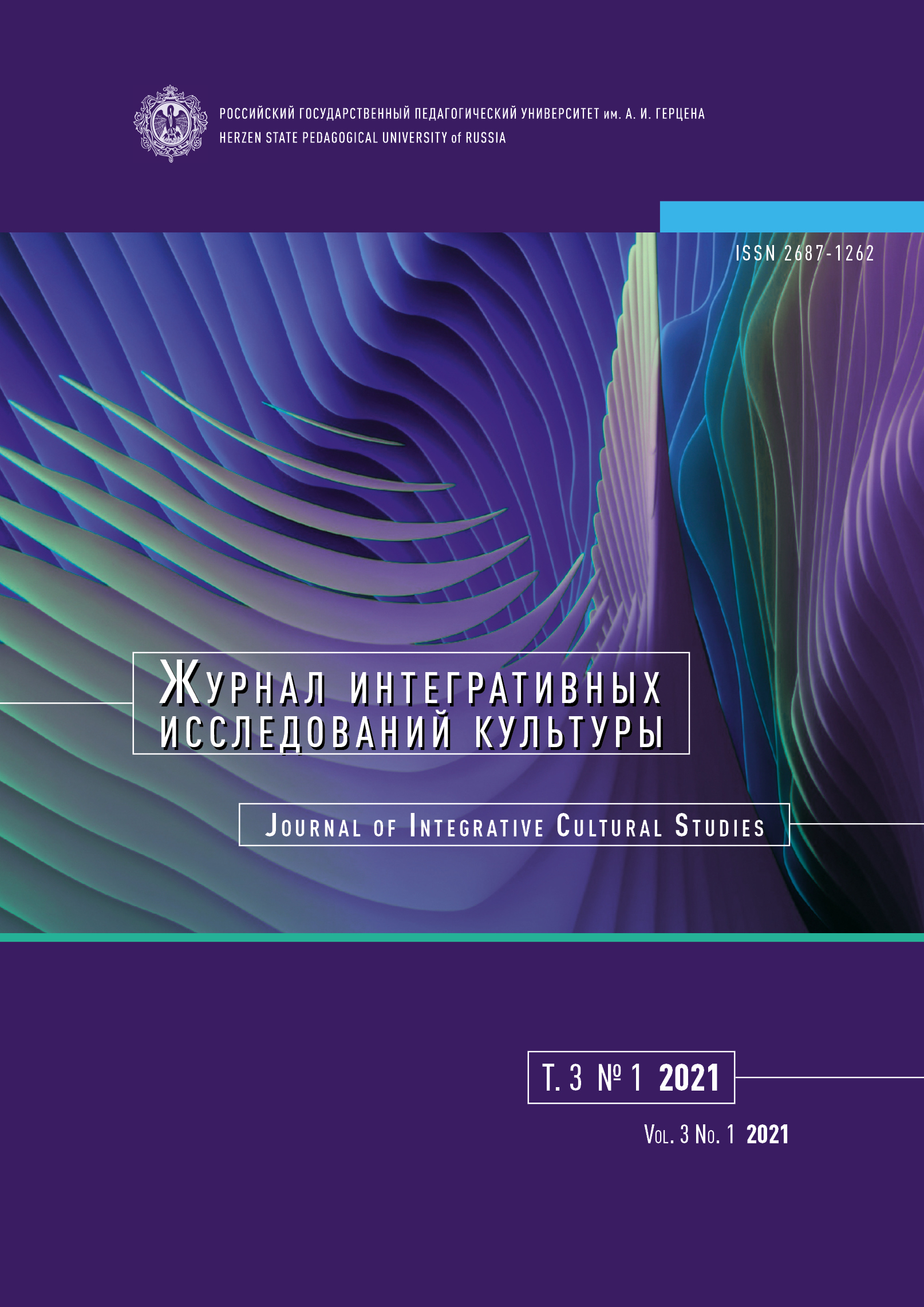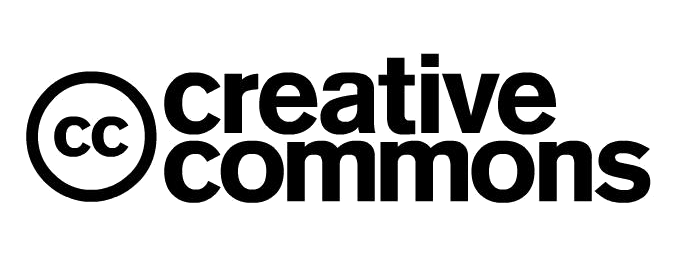Stylistic relevance of clichés in film dialogue
DOI:
https://doi.org/10.33910/2687-1262-2021-3-1-40-45Keywords:
film translation, phraseological unit, conversational cliché, nonce words, evaluativeness, idiomaticity, homomorphism, polycode, iconicAbstract
The authors consider the tendency of widespread use of clichés in film dialogues and analyse the ways in which their expressive and, therefore, impactful function is enhanced. The paper examines the stylistic device of the so-called ‘reproduced use of clichés’ which is based on the recognition of their potential expressive capabilities in communication. Clichés are normally attached to certain communicative situations and are, therefore, functionally restricted. However, they also may be occasionally expanded with other (i. e., non-clichéd) language means, which will amplify expressiveness of clichés and result in their “stylistic resuscitation” (the device of ‘reproduced use of clichés’). This paper outlines the ways to select potential lexical and phraseological components (occasionalisms, or nonce words) that can be employed in the ‘the reproduced use of clichés’ device. The clichés analysed in this paper fall into the category of evaluative phraseological units in which the stylistically relevant modal meaning of evaluation (assessment) is superimposed on the descriptive content. The modal meaning of evaluation is determined in such units not by their individual lexical components, but by the cliché as a whole. The collation of the studied clichés in the original language and in the language of translation shows their homomorphism, both in terms of content and in terms of expression. Such homomorphism can be interpreted as a manifestation of the similarity of value accented systems of English and Russian native speakers.
The organic combination of a cliché and a nonce word can result in the symbiotic relationship, where the rational aspect which is based on social conventions is complemented by the prevailing emotional intensifier. The components — whether actually available or potential — which can fit into the stereotyped form of a cliché create the opposition of generally accepted language units and non-standard ones (i. e., stylistic devices). The combination possibility is determined and limited only by their semantic compatibility. It is in the communication process, when an incidental element obtains expressiveness in the utterance, that the pragmatic effect of the intensification of meaning takes place. The novelty achieved by the implementation of selected, processed and adjusted lexical and phraseological items presents a kind of positive distinctiveness introduced into a speech pattern which otherwise lacks expressiveness and emotionality. The examined device of the ‘reproduced use of clichés’ can be effectively applied in subtitling, a type of film translation which is increasingly in demand.
References
ЛИТЕРАТУРА
Аничков, И. Е. (1997) Труды по языкознанию. СПб.: Наука, 510 с.
Арнольд, И. В. (2014) Стилистика. Современный английский язык. 12-е изд. М.: Флинта; Наука, 384 с.
Береговская, Э. М. (2015) Стилистика однофразового текста: на материале русского, французского, английского и немецкого языков. М.: Ленанд, 334 с.
Винокур, Т. Г. (2019) Закономерности стилистического использования языковых единиц. М.: Либроком, 242 с.
Вольф, Е. М. (2019) Функциональная семантика оценки. М.: Либроком, 278 с.
Гак, В. Г. (2010) Языковые преобразования: виды языковых преобразований. Факторы и сферы реализации языковых преобразований. 2-е изд. М.: Либроком, 407 с.
Гальперин, И. Р. (2016) Очерки по стилистике английского языка: опыт систематизации выразительных средств. М.: Либроком, 376 с.
Жуков, В. П. (2019) Семантика фразеологических оборотов. 2-е изд. М.: URSS, 160 с.
Корнилов, О. А. (2016) Бицзы — «наброски кистью»: сборник статей о языке и культуре. М.: КДУ, 260 с.
REFERENCES
Anichkov, I. E. (1997) Trudy po yazykoznaniyu [Works on linguistics]. Saint Petersburg: Nauka Publ., 510 p. (In Russian)
Arnol’d, I. V. (2014) Stilistika. Sovremennyj anglijskij yazyk [Stylistics. Contemporary English]. 12th ed. Moscow: Flinta Publ.; Nauka Publ., 384 p. (In Russian)
Beregovskaya, E. M. (2015) Stilistika odnofrazovogo teksta: na materiale russkogo, frantsuzskogo, anglijskogo i nemetskogo yazykov [Stylistics of the monophrasal text: Based on the material of Russian, French, English and German]. Moscow: Lenand Publ., 334 p. (In Russian)
Gak, V. G. (2010) Yazykovye preobrazovaniya: vidy yazykovykh preobrazovanij. Faktory i sfery realizatsii yazykovykh preobrazovanij [Linguistic transformations: Types of linguistic transformations. Factors and spheres of realization of linguistic transformations]. 2nd ed. Moscow: Librocom Publ., 407 p. (In Russian)
Galperin, I. R. (2016) Ocherki po stilistike anglijskogo yazyka: opyt sistematizatsii vyrazitel’nykh sredstv [Essays on English stylistics: The experience of systematization of expressive means]. Moscow: Librocom Publ., 376 p. (In Russian)
Kornilov, O. A. (2016) Bitszy — “nabroski kist’yu”: sbornik statej o yazyke i kul’ture [Bitszy — “brush sketches”: A collection of articles on language and culture]. Moscow: KDU Publ., 260 p. (In Russian)
Vinokur, T. G. (2019) Zakonomernosti stilisticheskogo ispol’zovaniya yazykovykh edinits [Regularities of stylistic use of language means]. Moscow: Librocom Publ., 242 p. (In Russian)
Vol’f, E. M. (2019) Funktsional’naya semantika otsenki [Functional semantics of assessment]. Moscow: Librocom Publ., 278 p. (In Russian)
Zhukov, V. P. (2019) Semantika frazeologicheskikh oborotov [Semantics of phrasiological units]. 2nd ed. Moscow: URSS Publ., 160 p. (In Russian)
Downloads
Published
Issue
Section
License
Copyright (c) 2021 Galina A. Tsimmerman, Elena V. Butenko

This work is licensed under a Creative Commons Attribution-NonCommercial 4.0 International License.
The work is provided under the terms of the Public Offer and of Creative Commons public license Creative Commons Attribution 4.0 International (CC BY 4.0).
This license permits an unlimited number of users to copy and redistribute the material in any medium or format, and to remix, transform, and build upon the material for any purpose, including commercial use.
This license retains copyright for the authors but allows others to freely distribute, use, and adapt the work, on the mandatory condition that appropriate credit is given. Users must provide a correct link to the original publication in our journal, cite the authors' names, and indicate if any changes were made.
Copyright remains with the authors. The CC BY 4.0 license does not transfer rights to third parties but rather grants users prior permission for use, provided the attribution condition is met. Any use of the work will be governed by the terms of this license.







